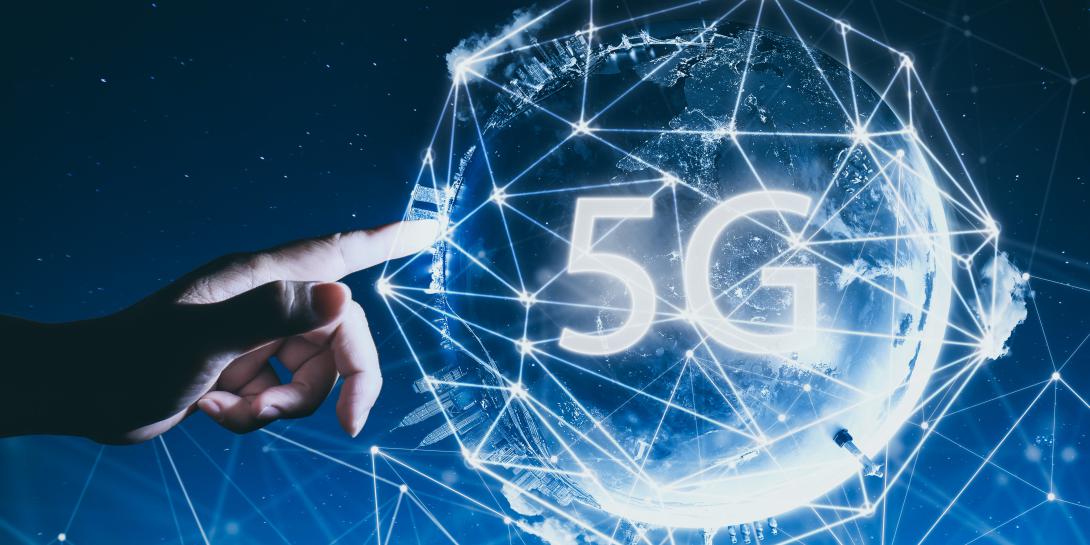5G Opens New Horizons for DoD
As the Department of Defense (DoD) transitions to 5G mobile technology for its warfighter and facility-based communications, the agency must take several considerations into account such as security and the ability to interoperate with other systems.
One of the biggest attractions of 5G is the promise of high-speed wireless data rates, but that’s just part of the picture, Chris Thomas, an information technology (IT) communications strategist and systems architect at Dell Technologies, told SIGNAL Magazine Editor in Chief Robert K. Ackerman during a SIGNAL Executive Video interview.
5G’s high speeds are part of a set of transformative technologies that Dell has developed over the last decade in its IT and data businesses, including virtualization and the proliferation of models such as development and operations (DevOps) and development, security and operations (DevSecOps) so the advances can leverage all in a multicloud environment.
The DoD invested substantially in research, pilot programs and controlled use cases to find ways to deploy 5G systems and to develop the policies and procedures to successfully operate this equipment. As part of this work, Thomas notes that 5G can be broken down into three broad tiers from a spectrum perspective. Low band encompasses traditional 4G communications and mid-band is a workhorse band area used for things such as the Citizens Broadband Radio Service and where a lot of dynamic spectrum sharing and allocation takes place. The third and final tier is high-bandwidth, used for millimeter wave communications with high-speed data transfer rates between 10 and 20 gigabits per second.
Another factor entails the movement of computing to the tactical edge. Based on its experience with cloud computing, Dell engineers determined that to effectively disseminate data across an enterprise, operators need edge computing, Thomas explained, because organizations can’t do everything in the cloud, especially when making the most of artificial intelligence and machine learning tools.
Security ranks as another consideration and will vary for every organization based on the types of data sets it uses and its data consumption model. “5G is how these things are going to be connected and consumed,” Thomas said.
Organizations must consider these issues when thinking about end points, such as where data is hosted. Instead of considering a multicloud solution set, DoD agencies now need to contemplate a multicloud-supported mobile edge computing environment as part of their 5G architectures and what this means from a security perspective.
“All of these things have to be taken into consideration as we move into a data-driven era,” explained Thomas.





Comments